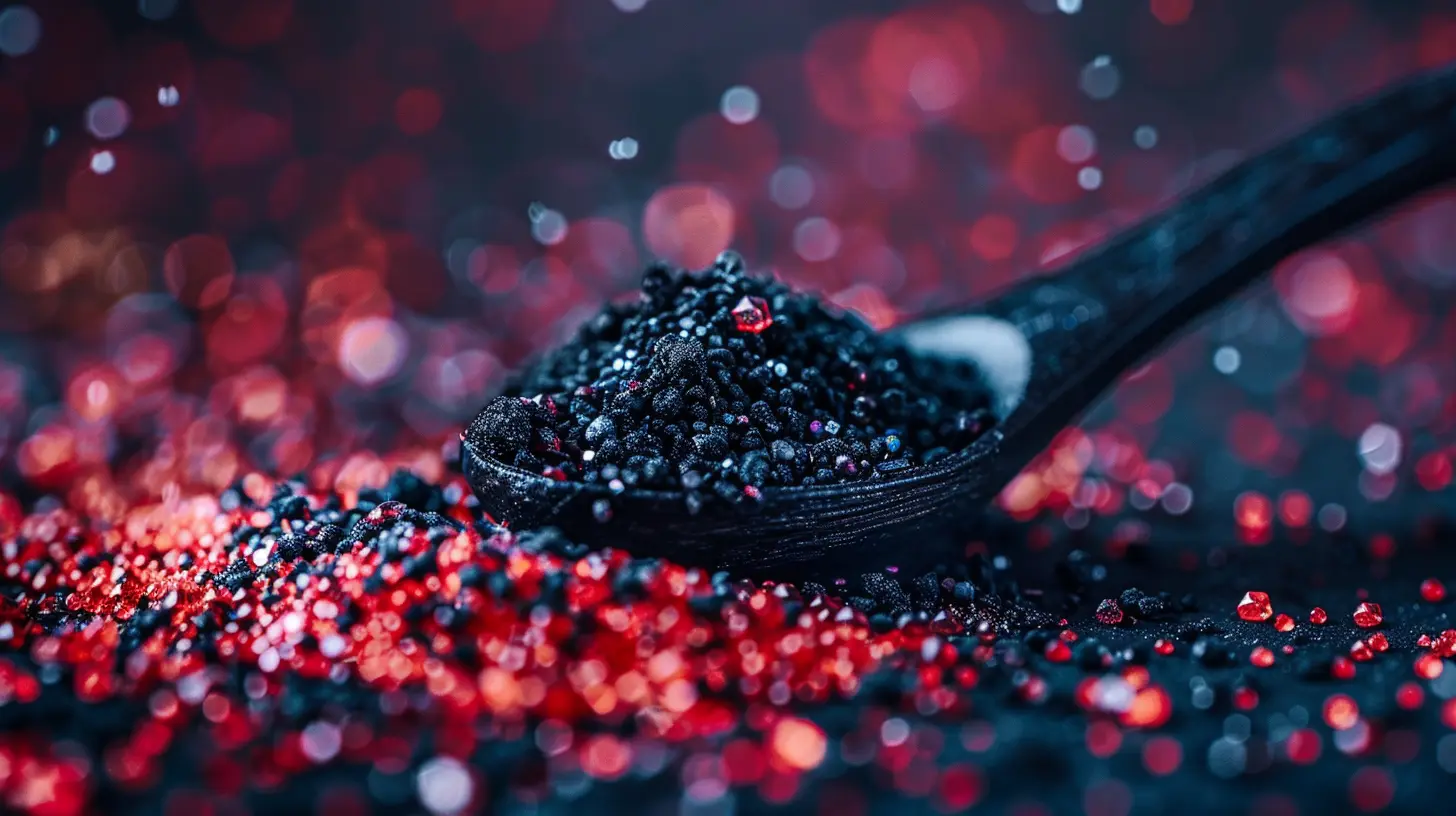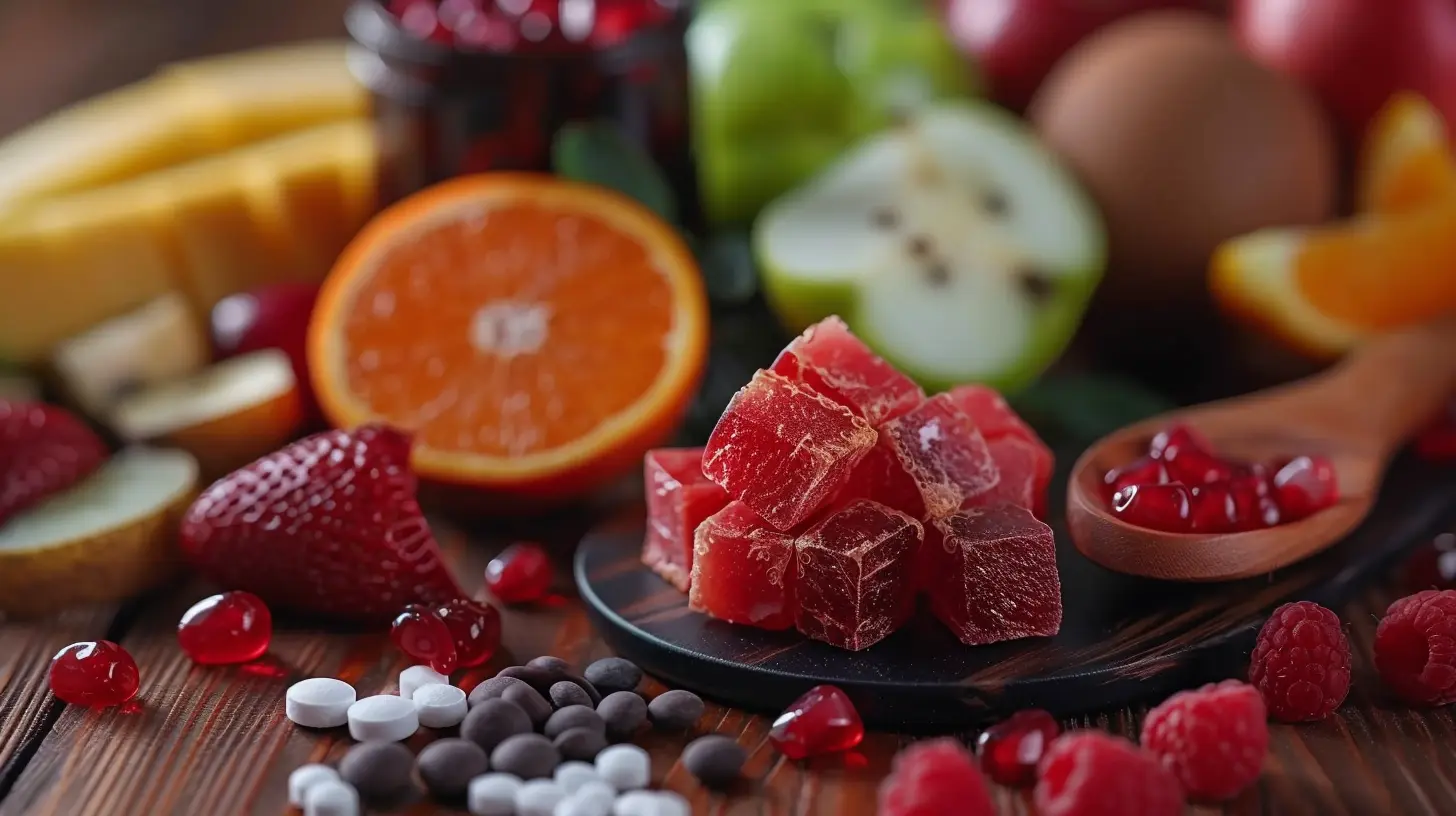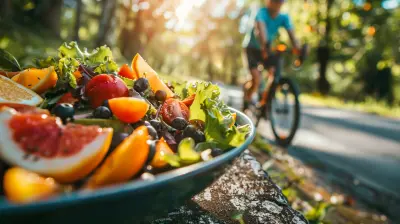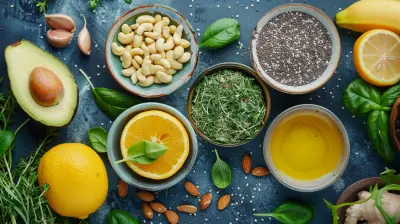Vanadium: Exploring Its Potential in Blood Sugar Regulation
23 June 2025
Have you ever heard of vanadium? Nope, it’s not a character from a sci-fi series or some obscure mineral found on another planet. It’s actually a lesser-known trace mineral here on Earth, and surprisingly, it might hold the key to helping regulate blood sugar levels. Intriguing, right? Let’s dive into what this fascinating element is all about, how it works, and why folks are buzzing about its potential benefits for blood sugar management.
What Is Vanadium?
First things first, let's shed some light on vanadium. It’s a naturally occurring element that’s found in soil, water, and even in some foods, though in tiny amounts. In the periodic table, it sits as element number 23—so, yes, it’s a bona fide metal! While vanadium isn’t as commonly talked about as calcium or iron, it’s been quietly studied for years, particularly for its potential impact on our health.But here’s the kicker—our bodies don’t actually need vanadium in large amounts. In fact, it’s considered a trace mineral, meaning we only require very minimal levels to function properly. The big question that researchers are trying to answer is: could vanadium do more than just "exist" in our bodies? Could it actually play a significant role in blood sugar regulation?
The Link Between Vanadium and Blood Sugar Regulation
Okay, now comes the exciting part. Blood sugar regulation is a hot topic these days, with conditions like diabetes and insulin resistance becoming more common. To keep it simple, when we consume carbs, our bodies break them down into glucose (sugar), and our pancreas releases insulin to help shuttle that sugar into our cells for energy. But when this process doesn’t work efficiently, blood sugar levels can spike, leading to all sorts of health issues.So, where does vanadium step in? Research suggests that vanadium may mimic the action of insulin—or at least assist insulin in doing its job. Some scientists have labeled it as an “insulin mimetic,” meaning it can act similarly to insulin in helping glucose move into cells. Think of it like a helpful sidekick: insulin is Batman, and vanadium is Robin, swooping in to assist during tough battles.
How Vanadium Might Work in the Body
Let’s zoom in a little further. Studies on vanadium have shown that it could influence blood sugar through several mechanisms:1. Enhancing Insulin Sensitivity
Insulin resistance is a condition where your cells stop responding effectively to insulin, leaving glucose stuck in your blood. Vanadium seems to help make cells more sensitive to insulin, allowing sugar to flow into the cells more smoothly.
2. Lowering Blood Sugar Levels
In animal studies and preliminary human trials, vanadium compounds have been shown to reduce fasting blood sugar levels. While the exact science is still being unraveled, researchers believe vanadium can mimic insulin by signaling cells to open their doors to glucose.
3. Improving Glucose Metabolism
Vanadium could also help regulate enzymes involved in glucose metabolism. By doing so, it might optimize how the body processes sugar and stores it for energy.
Mind-blowing, right? But before you rush off to stock up on vanadium supplements, there’s more to the story you need to know.
Natural Sources of Vanadium
Here’s the good news: you’re likely already consuming vanadium in your diet without even realizing it. It’s found in a variety of everyday foods, though usually in trace amounts. Some foods that contain vanadium include:- Mushrooms
- Shellfish (like oysters and lobsters)
- Black pepper
- Parsley
- Dill
- Whole grains
- Certain vegetables (like spinach and carrots)
While these foods won’t provide huge doses of vanadium, they can contribute to your overall intake. So, if you’re a fan of sautéed mushrooms or a hearty whole-grain salad, you’re already on the right track!
Can Vanadium Help with Diabetes?
Here’s the million-dollar question: can vanadium actually help manage diabetes? The short answer is maybe. Research in this area is still in its early stages, but the results so far are promising.What the Studies Say
Some small clinical trials suggest that vanadium supplementation might improve blood sugar control in people with diabetes. In one study, participants who took vanadyl sulfate (a vanadium compound) experienced modest reductions in fasting glucose levels and improved insulin sensitivity.Animal studies have also been encouraging, showing that vanadium compounds can effectively lower blood sugar and improve glucose metabolism in diabetic rats. However, it’s worth noting that animal studies don’t always translate perfectly to humans.
The Challenges
Before we get too excited, let’s keep our feet on the ground. While vanadium shows potential, there are still a few hurdles to overcome:- Limited Research
Most of the studies so far have been small or conducted on animals. We need larger, long-term human trials to truly understand its efficacy and safety.
- Potential Side Effects
High doses of vanadium can be toxic, leading to side effects like nausea, diarrhea, and even kidney damage. This is why more research is crucial before recommending vanadium supplements for widespread use.
Should You Take Vanadium Supplements?
Now, I know what you’re thinking—“This sounds amazing! Should I start taking vanadium supplements to regulate my blood sugar?” Well, hold your horses. While the potential benefits are intriguing, vanadium supplementation isn’t without risks.Who Might Benefit?
People with insulin resistance or type 2 diabetes might benefit from vanadium, but only under the guidance of a healthcare professional. Self-medicating with vanadium supplements is not a good idea, as incorrect dosages can lead to toxicity.Safety First
If you’re curious about vanadium, the best approach is to talk to your doctor or a registered dietitian. They can help you weigh the potential benefits against the risks based on your unique health situation. Remember, supplements should complement a healthy lifestyle, not replace it.The Bottom Line: Is Vanadium the Next Big Thing?
Vanadium might not have the star power of vitamin D or magnesium, but it’s definitely worth keeping an eye on. Its potential to help regulate blood sugar and improve insulin sensitivity is exciting, especially for those dealing with diabetes or prediabetes. However, it’s still too early to crown vanadium as the ultimate blood sugar superhero.For now, your best bet is to stick to a balanced diet filled with nutritious foods, stay active, and consult with your healthcare provider before diving into any new supplement regimen. Vanadium may hold promise, but health is all about the big picture—there’s no magic bullet.
Final Thoughts
So, who knew? A little-known mineral like vanadium might just play a big role in the fight against high blood sugar. Whether it ends up being a game-changer or just another promising player in the world of health and wellness, one thing’s for sure—it’s a story worth following.And hey, even if vanadium doesn’t find its way into your morning smoothie anytime soon, it’s a great reminder of how interconnected our bodies and the elements of the Earth truly are. Pretty cool, huh?
all images in this post were generated using AI tools
Category:
MineralsAuthor:

Arthur McKeever
Discussion
rate this article
2 comments
Russell McCloud
Great read! It’s fascinating to see how vanadium might play a role in blood sugar regulation. Excited to learn more about its potential benefits for diabetes management. Keep up the good work!
October 18, 2025 at 2:43 AM

Arthur McKeever
Thank you for your kind words! I'm glad you found the article insightful. Stay tuned for more updates on vanadium and its benefits for diabetes management!
Isaac McGee
Vanadium: the underdog mineral in sugar regulation! Who knew tiny traces could pack such a powerful punch?
June 25, 2025 at 4:35 PM

Arthur McKeever
Thank you for your insight! It's fascinating how such a trace mineral can have a significant impact on blood sugar regulation.


